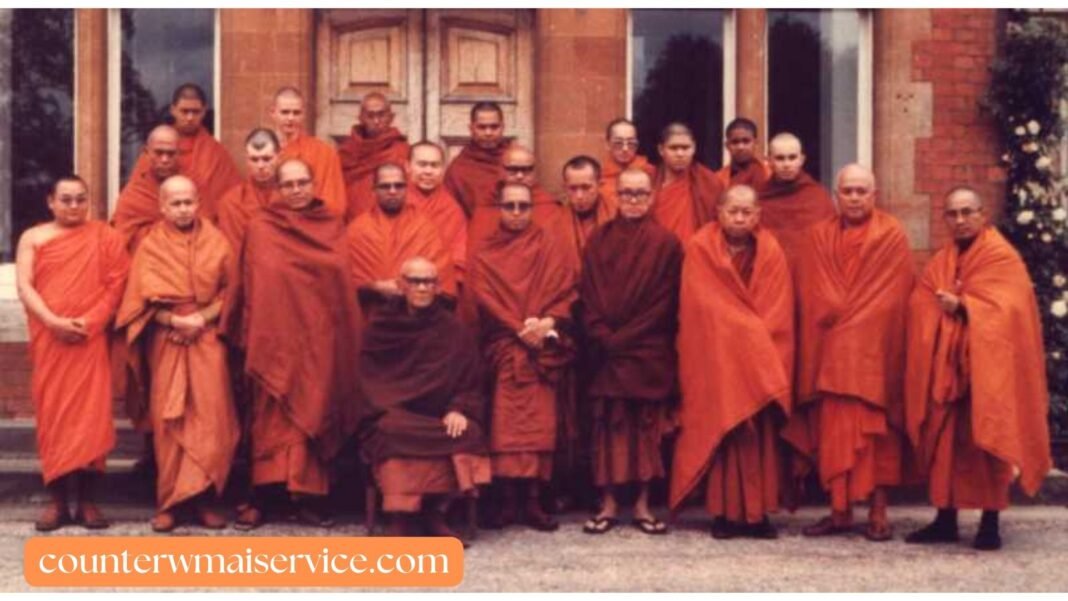In monastic communities around the world, the head monk, often referred to as an abbot, prior, or lama, plays a crucial role in maintaining the spiritual and administrative well-being of the community. This article explores the multifaceted responsibilities and significance of this head of a group of monks.
The Spiritual Leader
The head monk serves as the spiritual guide for the entire monastic community. This role involves:
– Leading Religious Services: Conducting daily prayers, meditation sessions, and special religious ceremonies.
– Providing Spiritual Guidance: Offering counsel to monks and laypeople, helping them navigate their spiritual journeys.
– Teaching and Education: Instructing novices and other monks in the teachings of the religious tradition, scriptures, and practices.
Administrative Responsibilities
Beyond spiritual leadership, the head monk also manages the day-to-day operations of the monastery. This includes:
– Overseeing Monastic Life: Ensuring that monks adhere to the monastic rules and discipline, fostering a harmonious and disciplined environment.
– Financial Management: Handling the monastery’s finances, including donations, expenses, and the upkeep of the monastery’s infrastructure.
– Organizing Events and Activities: Planning and coordinating religious festivals, community outreach programs, and educational workshops.
The Role of Mentor and Mediator
The head monk often acts as a mentor, especially to younger monks or those new to monastic life. This mentoring role involves:
– Personal Guidance: Helping individuals with their personal challenges and spiritual growth.
– Conflict Resolution: Mediating disputes within the community to maintain peace and unity.
Community Engagement
Monasteries often serve as important centers of community life, and the head monk plays a pivotal role in this aspect by:
– Interacting with Laypeople: Building relationships with the lay community, offering spiritual support, and engaging in community service.
– Promoting Social Causes: Leading initiatives that address social issues, such as education, healthcare, and environmental conservation.
Upholding Tradition and Innovation
While preserving the ancient traditions and practices of the monastic order, the head monk also needs to adapt to contemporary challenges. This balance involves:
– Maintaining Tradition: Ensuring that the teachings and practices of the religious tradition are upheld and transmitted faithfully.
– Embracing Change: Adapting to modern circumstances, such as technological advancements and changing societal norms, without compromising core values.
Conclusion
The head monk’s role is one of profound responsibility and influence, encompassing spiritual leadership, administrative management, mentorship, and community engagement. By balancing these diverse responsibilities, the head monk ensures the monastic community remains a vibrant and integral part of the broader society, rooted in tradition while open to the future.


